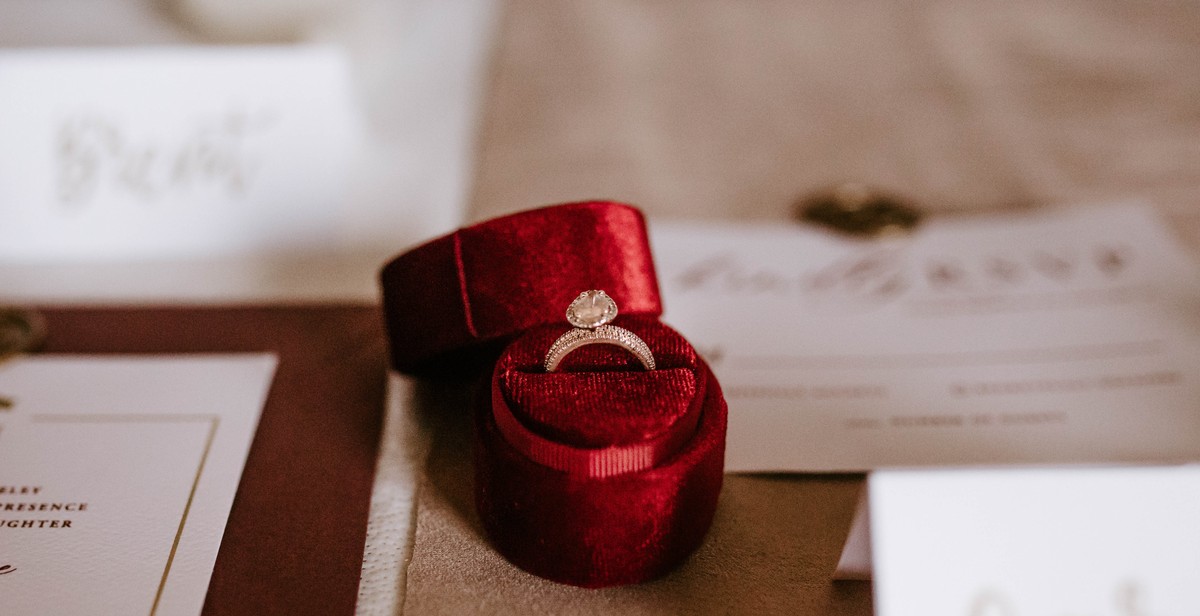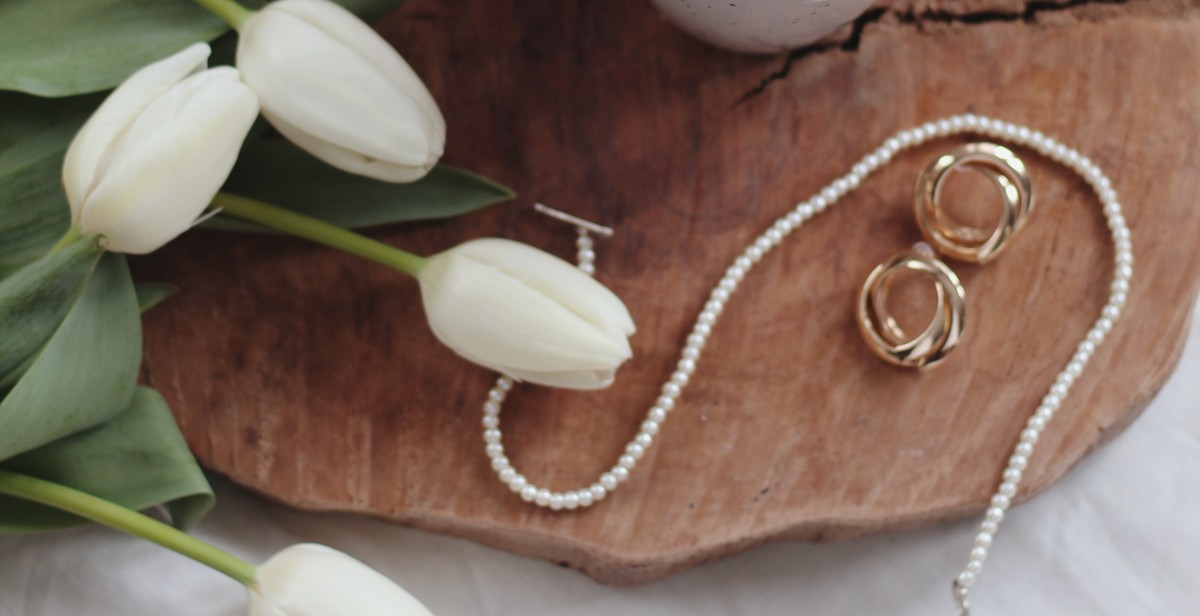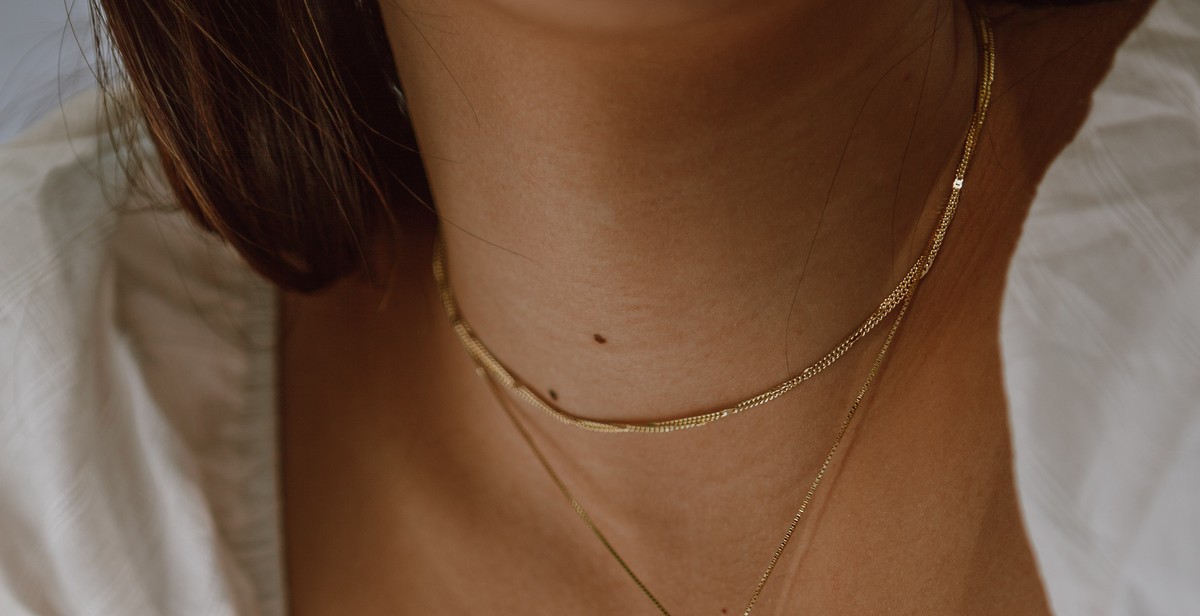Understanding Jewelry Hallmarks: How to Read and Decode Them
Have you ever wondered what those tiny markings on your jewellery mean? Those tiny symbols and numbers are called hallmarks and they can tell you a lot about your piece of jewellery. Hallmarks are used to indicate the purity of the metal, the country of origin, the manufacturer, and the year it was made.
Understanding these hallmarks can help you determine the value of your jewellery and also assist you in making informed decisions when buying or selling jewellery. However, deciphering these markings can be quite confusing and overwhelming, especially if you are new to the world of jewellery.
This article will guide you through the basics of jewellery hallmarks, how to read and decode them, and what they mean for your jewellery. We will also explore the different types of hallmarks and what they signify.
Types of Hallmarks
There are several types of hallmarks, including:
- Assay office marks
- Metal purity marks
- Sponsor’s or maker’s marks
- Date letters
Each type of hallmark serves a specific purpose, and understanding them can help you determine the quality and authenticity of your jewellery.

Understanding Jewelry Hallmarks: How to Read and Decode Them
If you are a jewelry enthusiast, you must have come across the term “hallmarks” at some point. Jewelry hallmarks are a series of markings or symbols stamped on jewelry to certify the authenticity, purity, and origin of the metal used in making it. These markings are a form of jewelry identification, and they provide valuable information to both buyers and sellers.
Definition of Hallmarks
Hallmarks are small markings or symbols that are stamped on jewelry to indicate various characteristics such as the metal type, purity, and origin. These markings are typically found on the inside of a ring, on the clasp of a necklace, or on the back of a piece of jewelry. They are usually a combination of letters, numbers, and symbols that are unique to each piece of jewelry.
There are different types of hallmarks, including quality marks, maker’s marks, and assay office marks. Quality marks indicate the purity of the metal used in making the jewelry. Maker’s marks identify the manufacturer or designer of the jewelry, while assay office marks indicate the office that tested and certified the metal purity.
Why are Hallmarks Important?
Hallmarks are essential because they provide valuable information about the jewelry, including its authenticity, purity, and origin. They help buyers to make informed decisions about the jewelry they are purchasing and ensure that they are getting what they pay for. Hallmarks also help to prevent fraud and protect consumers from buying counterfeit or fake jewelry.
Furthermore, hallmarks are important for insurance purposes. In the event of loss or theft, insurance companies require proof of ownership and value. Hallmarks provide the necessary information to determine the value of the jewelry and ensure that the owner is adequately compensated.
In conclusion, understanding jewelry hallmarks is essential for anyone who loves jewelry. It helps to ensure that you are getting authentic, high-quality pieces and protects you from fraud. It is important to learn how to read and decode hallmarks to make informed decisions when buying or selling jewelry.

Types of Hallmarks
Understanding jewelry hallmarks is important for anyone who wants to buy, sell, or appraise jewelry. Hallmarks are small stamps or markings on jewelry that indicate important information about the piece, such as its metal content, the maker, and the date it was made. There are several types of hallmarks to look out for:
Assay Office Marks
Assay office marks are stamps or symbols that indicate the office where the metal was tested and marked for purity. In the UK, for example, the hallmark for London is a leopard’s head, while the hallmark for Edinburgh is a castle. In the US, the hallmark for New York is a statue of liberty, while the hallmark for San Francisco is a small letter “s”.
Purity Marks
Purity marks indicate the metal content of the jewelry. For example, 925 indicates sterling silver, while 750 indicates 18 karat gold. Different countries have different standards for purity marks, so it’s important to do your research and know what to look for.
Maker’s or Sponsor’s Marks
Maker’s or sponsor’s marks are stamps or symbols that indicate the maker or sponsor of the jewelry. These marks can be letters, numbers, or symbols, and they can be very helpful in identifying the origin of the piece.
Date Letters
Date letters indicate the year the jewelry was made. These letters can be very small and hard to read, but they are important for determining the age of the piece. In the UK, for example, each year has a different letter assigned to it, so a piece with a “D” stamp would have been made in 2020.
Other Marks
There are many other types of marks that can appear on jewelry, such as import marks, commemorative marks, and duty marks. These marks can provide additional information about the piece, such as where it was made or why it was made.
| Type of Hallmark | Example |
|---|---|
| Assay Office Mark |  |
| Purity Mark | 925 |
| Maker’s or Sponsor’s Mark | Cartier |
| Date Letter | D |
| Other Mark | Import Mark |

How to Read and Decode Hallmarks
Understanding jewelry hallmarks can be a daunting task, but it is essential to identify the authenticity and value of a piece. Hallmarks are tiny markings or symbols stamped on jewelry to indicate its metal content, origin, and maker. Here is a breakdown of the different types of hallmarks and how to decode them:
Assay Office Marks
Assay office marks are symbols that indicate the office responsible for testing and hallmarking the piece of jewelry. In the UK, the assay office marks are represented by a series of symbols that include the city, the metal purity, and the year of hallmarking. For example, the Sheffield assay office mark is a rose, and the London assay office mark is a leopard’s head.
Purity Marks
Purity marks indicate the metal content of the jewelry. For example, a gold piece of jewelry will have a purity mark that indicates the carat weight of the gold. Common purity marks include 10k, 14k, 18k, and 24k for gold and 925 for sterling silver.
Maker’s or Sponsor’s Marks
The maker’s or sponsor’s mark is a symbol or initials that represent the jeweler or company that manufactured the jewelry. These marks are often unique to the maker and can be used to identify and trace the piece’s origin.
Date Letters
Date letters are symbols that indicate the year the jewelry was assayed and hallmark. In the UK, date letters are represented by a series of letters that change every year. By using a reference guide, you can decode the date letter to determine the year of hallmarking.
Other Marks
Aside from the four main types of hallmarks, there are other marks that may appear on jewelry. These marks can indicate the country of origin, the designer or artist, or the specific collection or series the jewelry belongs to.
| Type of Hallmark | Description |
|---|---|
| Assay Office Marks | Symbols that indicate the office responsible for testing and hallmarking the jewelry. |
| Purity Marks | Symbols that indicate the metal content of the jewelry. |
| Maker’s or Sponsor’s Marks | Symbols or initials that represent the jeweler or company that manufactured the jewelry. |
| Date Letters | Symbols that indicate the year the jewelry was assayed and hallmark. |
| Other Marks | Marks that indicate the country of origin, designer or artist, or specific collection or series the jewelry belongs to. |

Identifying Fake Hallmarks
While hallmarks are meant to provide authenticity and credibility to jewelry, there are instances where fake hallmarks are used. Fake hallmarks are used for various reasons such as to deceive buyers into believing that a piece of jewelry is of higher quality than it actually is or to sell counterfeit jewelry as authentic. Here are some tips on how to spot fake hallmarks:
Why are Fake Hallmarks Used?
One of the main reasons why fake hallmarks are used is to deceive buyers into believing that a piece of jewelry is of higher quality than it actually is. For instance, a fake hallmark of 18K on a piece of jewelry that is actually made of 14K gold can make the item seem more valuable than it is. This can result in the buyer paying a higher price for the item than it is worth.
Another reason why fake hallmarks are used is to sell counterfeit jewelry as authentic. Counterfeiters often use fake hallmarks to make their jewelry appear genuine. For example, a counterfeit piece of Tiffany & Co. jewelry may have a fake hallmark that resembles the company’s genuine hallmark, which can make the item seem authentic to unsuspecting buyers.
How to Spot Fake Hallmarks
Here are some tips on how to spot fake hallmarks:
- Look for inconsistencies in the hallmark. Genuine hallmarks are usually stamped cleanly and evenly, while fake hallmarks may appear rough or uneven.
- Check the spelling and font of the hallmark. Fake hallmarks may have misspellings or use a different font than the genuine hallmark.
- Compare the hallmark to known genuine hallmarks. If you are unsure about the authenticity of a hallmark, compare it to known genuine hallmarks from the same time period and region.
- Test the metal. If you suspect that a hallmark is fake, you can test the metal to confirm its authenticity. A jeweler can perform a test using acid to determine the metal’s purity.
It is important to note that some fake hallmarks may be very convincing and difficult to spot. If you are unsure about the authenticity of a piece of jewelry, it is always best to consult with a professional jeweler.
| Tip | Description |
|---|---|
| Look for inconsistencies | Genuine hallmarks are usually stamped cleanly and evenly, while fake hallmarks may appear rough or uneven. |
| Check spelling and font | Fake hallmarks may have misspellings or use a different font than the genuine hallmark. |
| Compare to known genuine hallmarks | Compare the hallmark to known genuine hallmarks from the same time period and region. |
| Test the metal | A jeweler can perform a test using acid to determine the metal’s purity. |
Conclusion
Understanding jewelry hallmarks is crucial for any jewelry enthusiast or collector. These marks provide valuable information about the metal content, manufacturer, and country of origin of a piece of jewelry. By decoding these hallmarks, you can determine the value and authenticity of your jewelry.
When looking at hallmarks, it’s important to keep in mind that they can vary depending on the country and time period in which the jewelry was made. Additionally, some manufacturers may use their own unique hallmarks, so it’s always a good idea to do your research and consult with an expert if you’re unsure.
Overall, knowing how to read and decode jewelry hallmarks can enhance your appreciation and understanding of jewelry. It can also help you make informed decisions when buying or selling jewelry.
Key Takeaways
- Jewelry hallmarks provide information about the metal content, manufacturer, and country of origin of a piece of jewelry.
- Hallmarks can vary depending on the country and time period in which the jewelry was made.
- It’s important to do your research and consult with an expert if you’re unsure about a hallmark.
- Knowing how to read and decode jewelry hallmarks can enhance your appreciation and understanding of jewelry.
Need Help Decoding Your Jewelry Hallmarks?
If you have a piece of jewelry with hallmarks that you’re unsure about, don’t hesitate to reach out to a professional jeweler or appraiser. They can help you decode the hallmarks and provide you with valuable information about your jewelry.
| Service | Contact Information |
|---|---|
| Jewelry Appraisal | 1-800-555-1234 |
| Jewelry Repair | 1-800-555-5678 |
| Jewelry Cleaning | 1-800-555-9012 |

